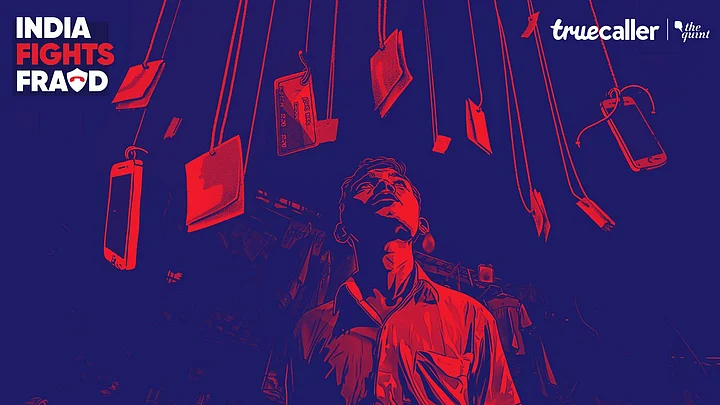You pick up your phone, and there it is—a message that claims you’ve won an international lottery you don’t even remember entering, or a call informing you that your bank account will be frozen unless you immediately verify your details.
Sounds familiar? If it does, you’re not alone. The art of the fraud is alive and thriving, and fraudsters have only gotten more inventive as our lives shift increasingly online. But there’s good news: recognizing the red flags can help you stay one step ahead.
1. The Too-Good-To-Be-True Hook
If a message claims you’ve won a brand-new car or a shopping voucher without any clear reason why, chances are it’s a classic bait. Fraudsters thrive on excitement, hoping you’ll skip the part of your brain that usually checks the facts. Always remember: if it feels like it’s too good to be true, it probably is. Apps like Truecaller can help flag suspicious promotional messages by highlighting spam or unverified senders.
2. Urgency, Pressure, and Threats
Fraudsters are experts at manufacturing urgency. These fraudsters count on fear to cloud your judgment. Genuine institutions—be it banks, tax departments, or utility companies—don’t operate by giving people threats over the phone. Neither will they ask for sensitive information like OTPs out of the blue. Apps like Truecaller can flag such fraud calls in real time, reducing the risk of falling victim.
3. Caller Information does not Check Out
Caller information can be manipulated. This is known as call spoofing, where fraudsters can make it appear as though they’re calling from a legitimate number, even one that belongs to your bank or a government agency. If you’re unsure, hang up and call back using a verified number from an official website or document. Don’t let the displayed caller information to be the deciding factor. Apps like Truecaller can help you see beyond manipulated caller information by providing verified caller identities and community-based warnings.
4. Sob Stories or Emotional Manipulation
Fraudsters use emotional manipulation to lower your defenses, pushing you to make irrational decisions. A message claiming to be from a “friend” in distress or an urgent plea to help someone in a dire situation should always be treated with caution.
5. Social Engineering: The New Age Trickery
Some frauds are less about threats and more about building trust. Phrases like "We’re updating our system, and we need your cooperation" or "I’m from your bank's customer support, and I’m here to help you" are common tactics used in social engineering. These fraudsters play on the human tendency to trust authority. It might start as an innocent question, but can escalate to them asking for sensitive information. Stay vigilant and rely on Truecaller’s spam identification features to distinguish between genuine and suspicious calls.
6. Digital Impersonation and Deepfake Warnings
In the new age of AI, fraudsters can impersonate voices or even deepfake video calls to appear as trusted contacts. If you get an unexpected call from someone you know, asking for financial help, take a moment to verify—reach out to them through a separate channel before transferring money or sharing any personal information. It’s better to be overly cautious than regret later.
How to Report Fraud: Key Resources at Your Disposal
Steps to Take When Reporting Fraud
Gather Evidence: Save screenshots, call logs, or messages related to the fraud attempt.
Use Trusted Platforms: Report suspicious numbers or messages via Truecaller’s reporting feature.
Prevent Further Damage: Block the number and inform others to stay alert.
The best way to protect yourself is to stay calm, take a step back, and question the situation. If you feel something is off, it probably is. Fraudsters are always on the lookout for new victims—but with vigilance, you don’t have to be one of them.
Have you encountered a suspicious call or message? Did tools like Truecaller help you stay safe? Share your story and save others by filling this form. For more information, visit our microsite. Together, we can keep India safe from fraud.
